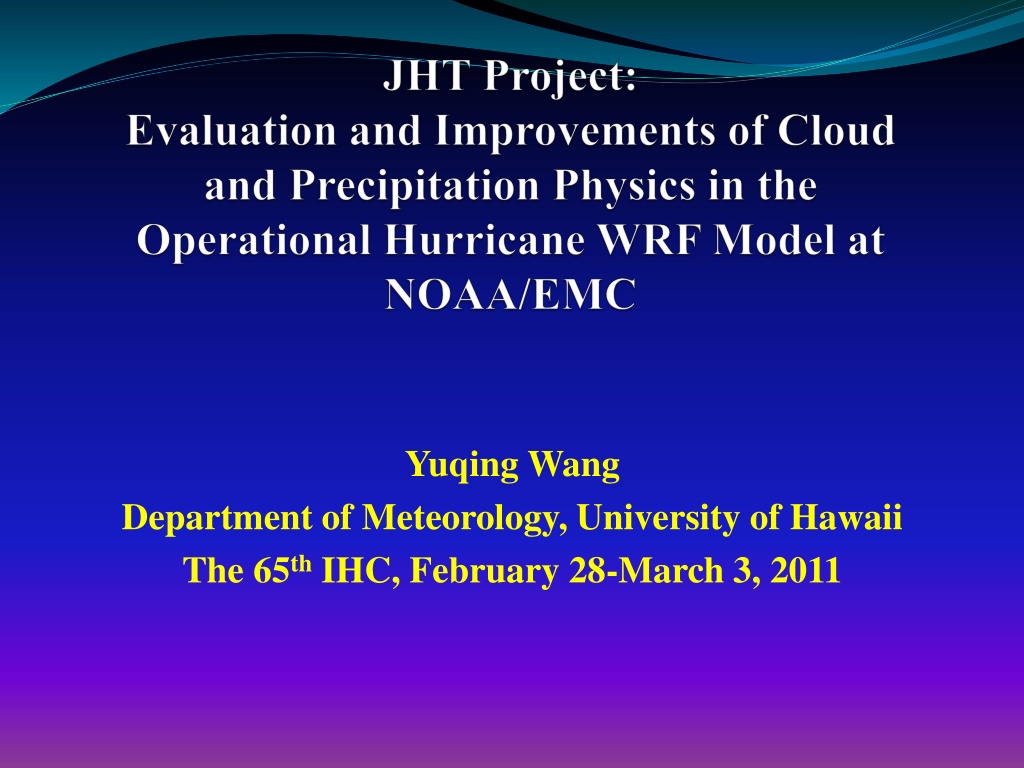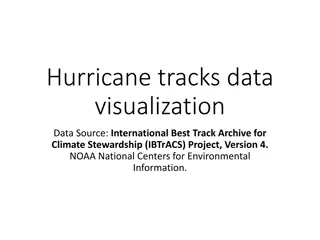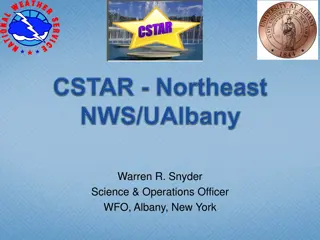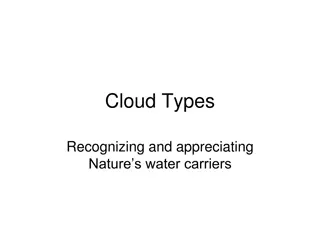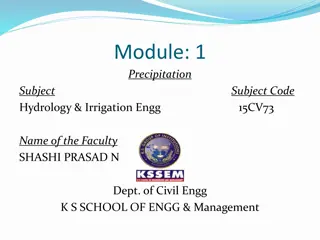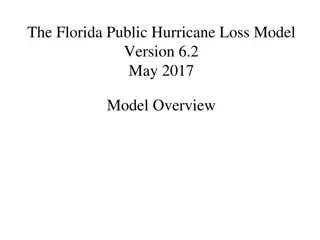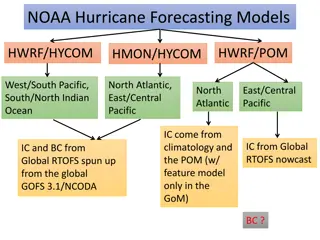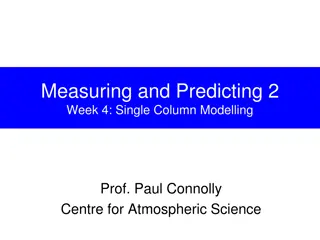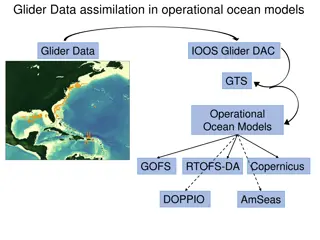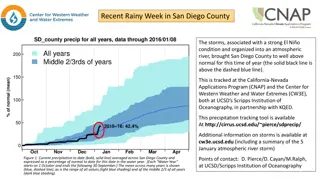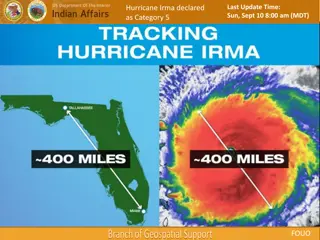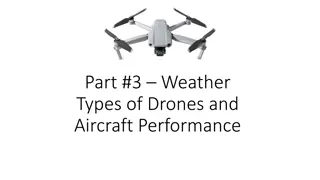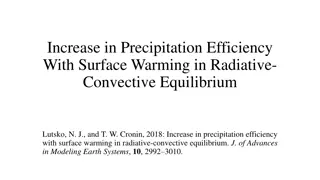Evaluation and Improvement of Cloud and Precipitation Physics in Hurricane Weather Forecasting
Yuqing Wang from the Department of Meteorology at the University of Hawaii worked on evaluating and enhancing cloud and precipitation physics in the operational Hurricane Weather Research and Forecast (HWRF) model. The project aimed to improve hurricane intensity and structure predictions, focusing on discrepancies in current physics, grid-scale moisture processes, and subgrid-scale convection interactions. By enhancing cloud physics schemes and conducting model comparisons, the project sought to optimize the HWRF model at NOAA's National Centers for Environmental Prediction. Various components of the project, such as cloud microphysics, cumulus parameterization, and dynamical core effects, were examined to achieve more accurate hurricane forecasts.
Download Presentation

Please find below an Image/Link to download the presentation.
The content on the website is provided AS IS for your information and personal use only. It may not be sold, licensed, or shared on other websites without obtaining consent from the author. Download presentation by click this link. If you encounter any issues during the download, it is possible that the publisher has removed the file from their server.
E N D
Presentation Transcript
Yuqing Wang Department of Meteorology, University of Hawaii The 65thIHC, February 28-March 3, 2011
Overall Goal of the Project To evaluate and improve the cloud and precipitation physics used in the operational Hurricane Weather Research and Forecast (HWRF) model developed in the Environmental Modeling Center (EMC) at the National Centers for Environmental Prediction (NCEP) of NOAA, achieving improved prediction of hurricane structure and intensity, including the size, by the HWRF model at NCEP/EMC.
Objectives To diagnose the discrepancies of the current cloud and precipitation physics and the interaction between grid-scale moist processes and subgrid-scale convection in HWRF and understand how they affect hurricane intensity and structure; To improve the representation of the cloud and precipitation physics in HWRF performance of the modified schemes through model inter- comparison between HWRF and TCM4; To test and tune the modifications in the experimental prediction mode and to evaluate their overall improvements in predicting hurricane structure and intensity. and evaluate the
Work Completed Cloud microphysics Cumulus parameterization in the mother domain Effect of dynamical core Sensitivity to initial radial wind profile Some highlights
Cloud microphysics scheme Ferrier scheme in HWRF 5-category scheme in TCM4
NMM ARW
Intercomparison of two WRF dynamical cores Azimuthal mean diabatic heating
Summary Cloud microphysics scheme in HWRF seems not to cause the size increase in the prediction; Cumulus parameterization is a candidate; Initial structure of the model vortex is likely the major contributor to the rapid size increase; Dynamical core affects the cloud microphysics and heating distribution and thus the vertical structure and intensity of the storm; Evaluation will be extended to the new CP and new initialization scheme in HWRF model.
